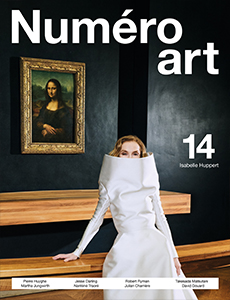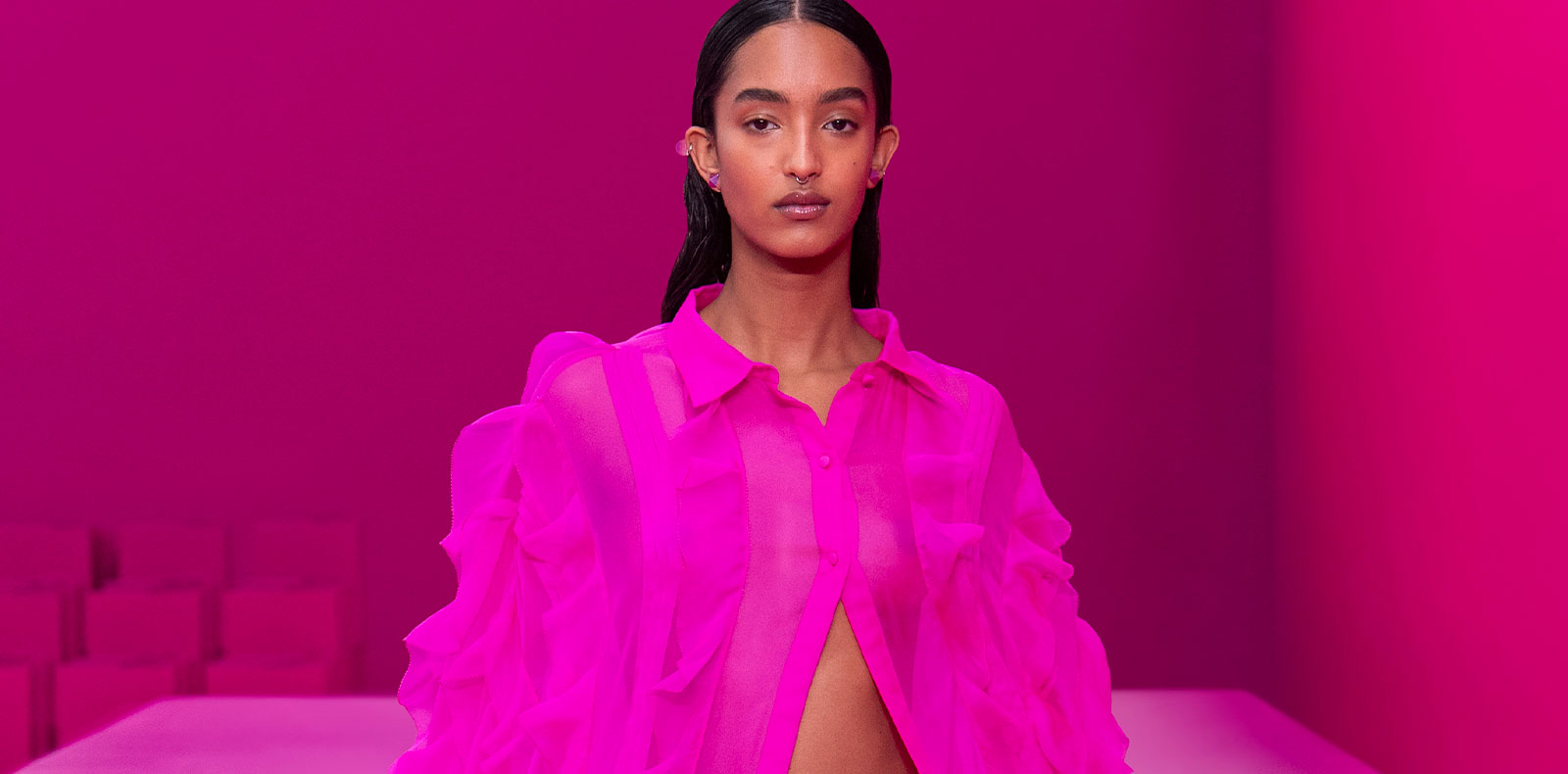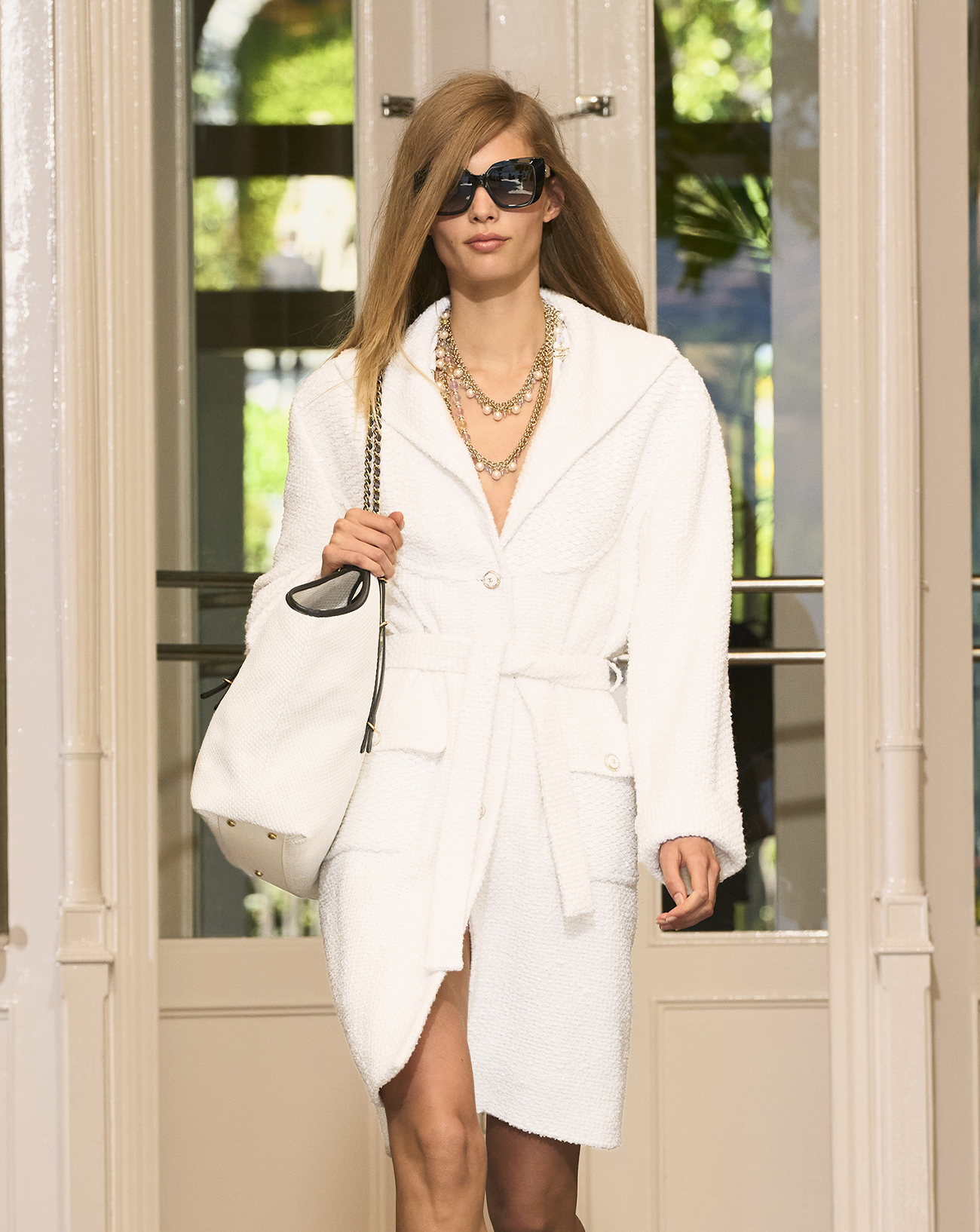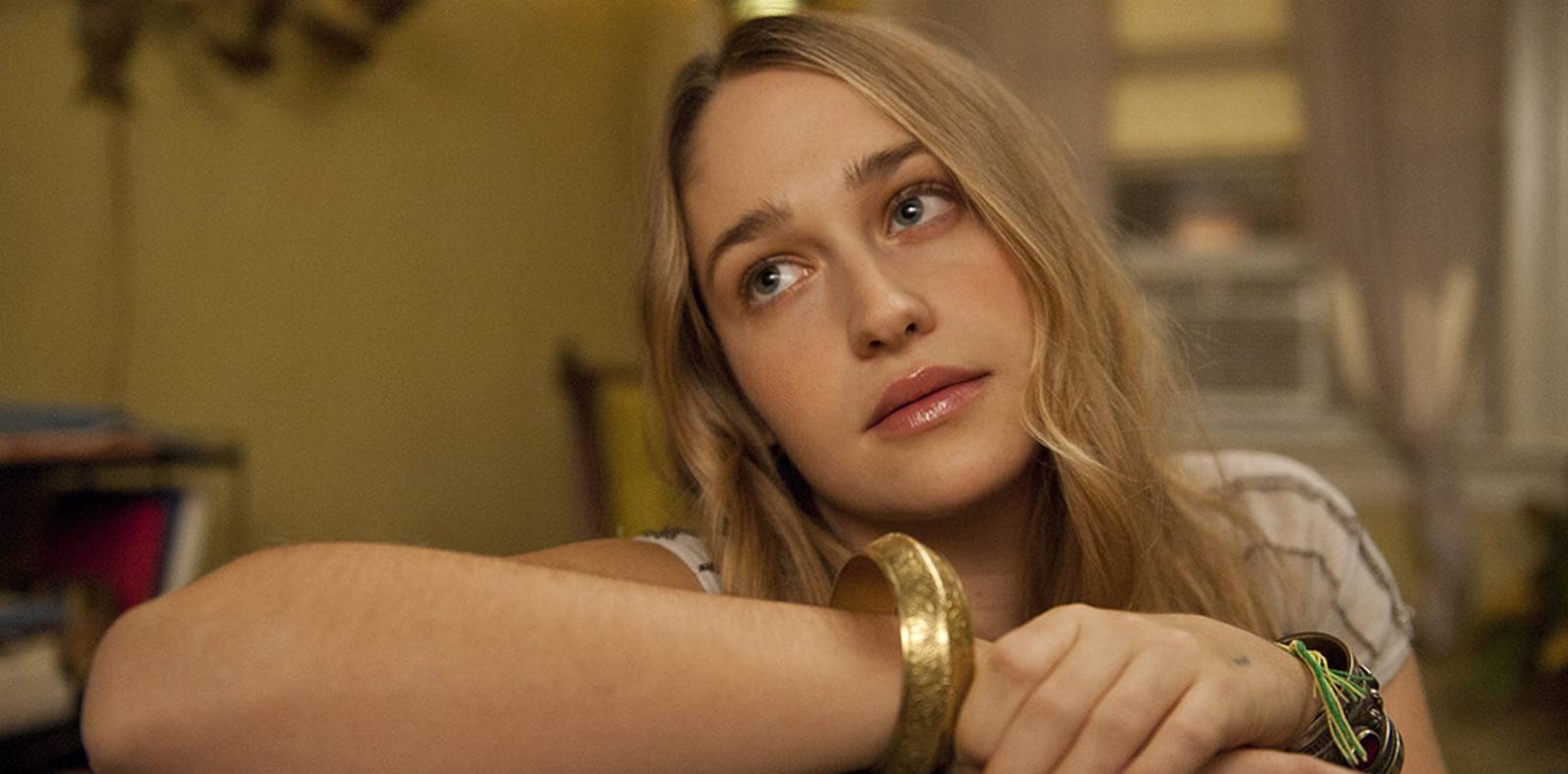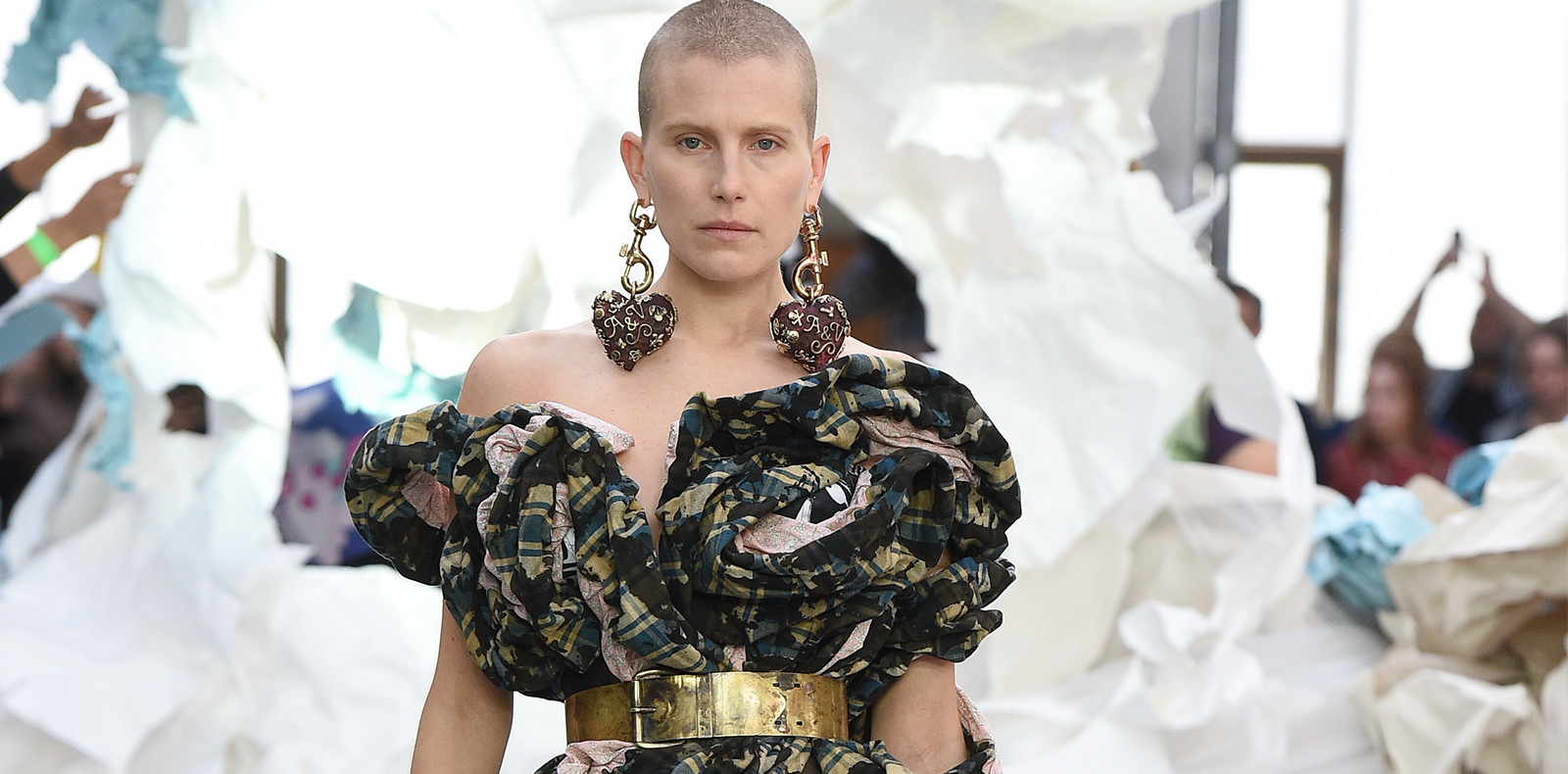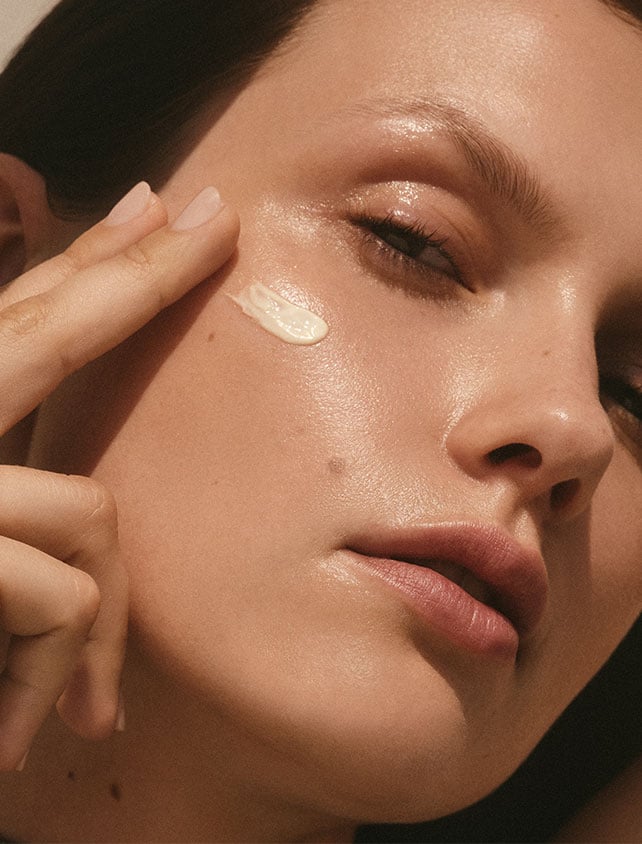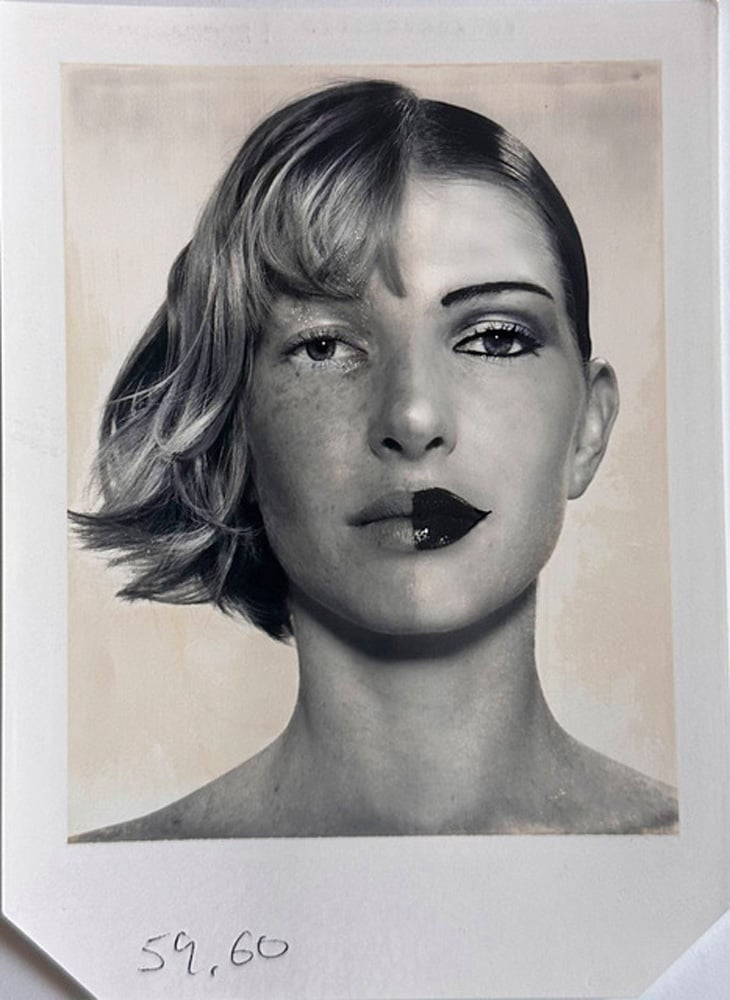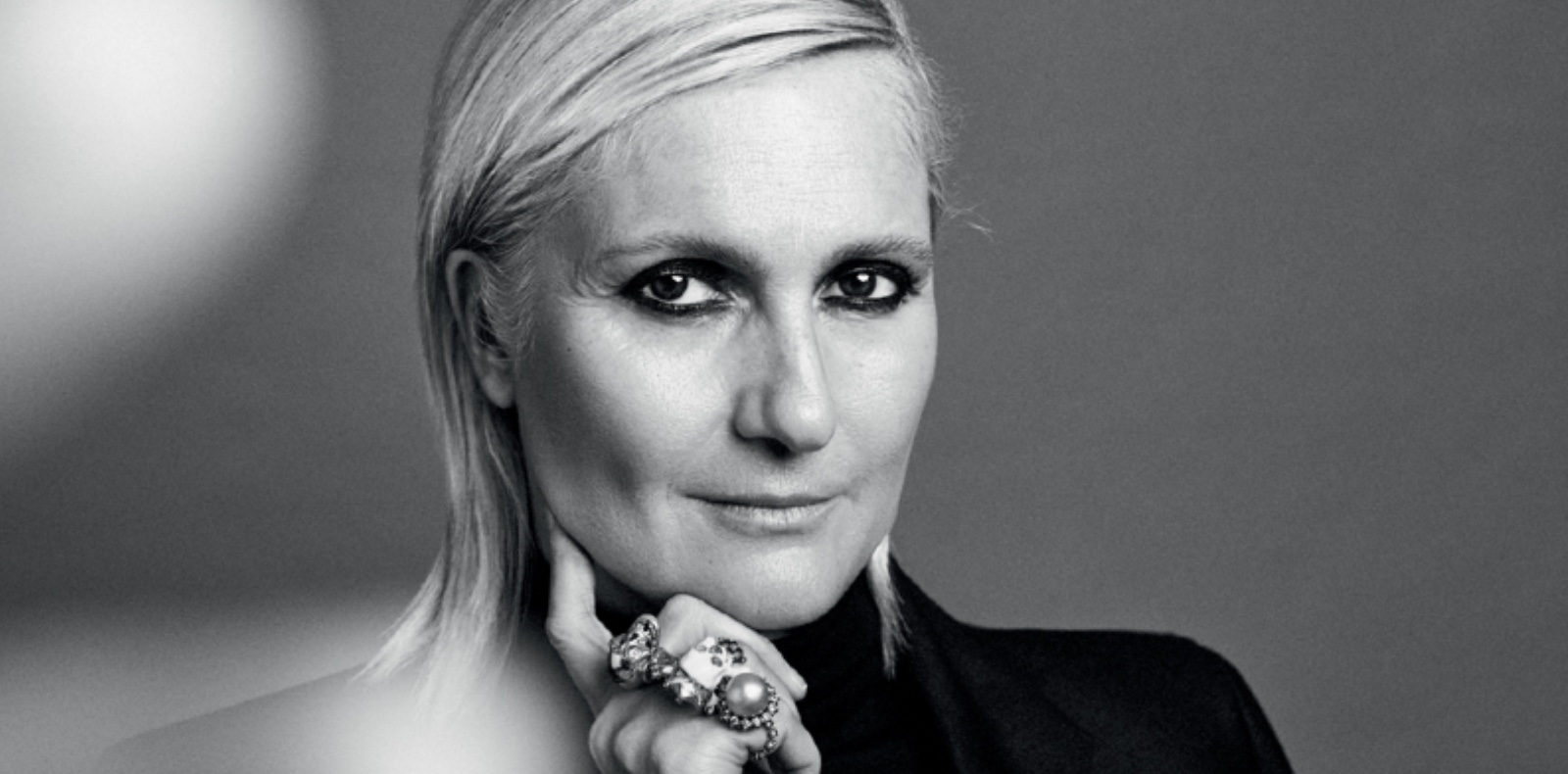
11
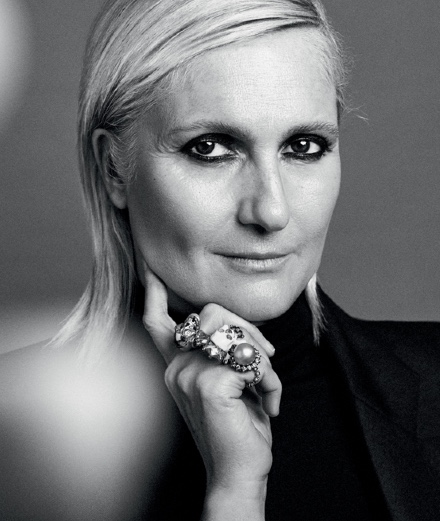
11
Interview with Maria Grazia Chiuri: “Young people see only the artistic side to fashion”
Appointed to the role in 2016, Maria Grazia Chiuri is the first woman to oversee the creative destiny of Dior. While fashion is looking to find its marks in these covid-19 times, Chiuri took an innovative stand in July by producing a film in place of the cancelled couture-week runway show. Enthusiastic and determined, she also recently showed a cruise collection in Puglia, something of a retour aux sources for this Italian-born designer who is seeking to promote a fairer and more authentic future.
Interview by Delphine Roche.
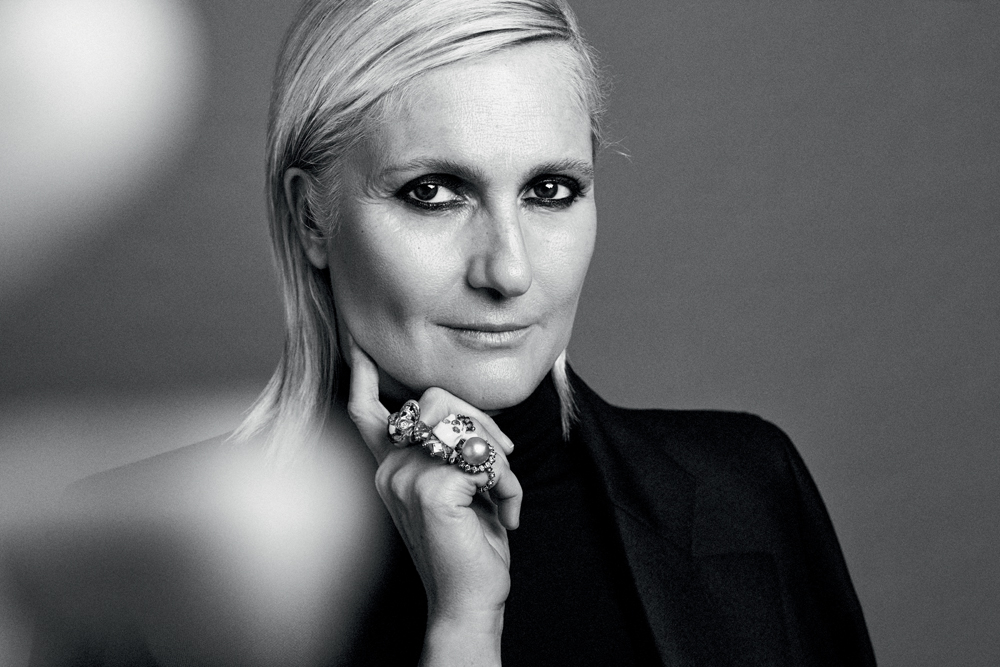
Numéro: Where did the idea come from to make a film to replace your couture runway show?
Maria Grazia Chiuri: As soon as lockdown was announced, we knew it would be impossible to go ahead with a runway show. For couture that’s really problematic, because it’s not just about showing the clothes but also the skill and know-how. So I said, “Okay, let’s make a film. It’s a good medium through which to express the couture dream.” But I was also looking for someone who could get across the work done by my team, and the only person who seemed capable of that was Matteo Garrone. I was frightened of contacting him because he’s so well-known – he made Pinocchio, and I really wasn’t sure he’d accept. His reaction was magnificent. He was very open to the idea of a project that was something of a risk for him, since fashion is a format that’s very different to cinema – there are no lines to speak… I told him the story of Dior, I talked to him about the Théâtre de la Mode and about my inspirations: Surrealism, women artists… [the collection references Lee Miller, Dora Maar, Dorothea Tanning, Leonora Carrington and Jacqueline Lamba.]
In 1945, as France came out of the war, the country’s couturiers showed an ensemble of scaled-down garments on dolls. Today you’ve taken inspiration from this Théâtre de la Mode at a time when the world is going through an unprecedented health crisis. Is this, for you, an opportunity to become more creative?
In such difficult moments, you not only have to be creative but also change your way of thinking. I’d never thought about a different way of putting on a runway show. Looking through the Dior archives, I found this reference that I could reinterpret in a contemporary way. We have to think of how we can transmit our values and our heritage to a future that will be completely different. Like everyone else, I’ve no idea what that future will look like. You have to take things day by day and adapt your creativity. Obviously, during lockdown, it was difficult to get the collection made, and that’s where Dior’s organization really proved itself. I can’t imagine how independent designers, who don’t have the support of a big fashion house, were able to produce anything. We immediately organized home workshops, and the premières d’atelier were very excited at the idea of making doll-sized clothing. They had different approaches: some wanted to begin by making the dress full size and then the reduced-size one, while others did it the other way round. This miniature collection is not a gimmick. At a time when clients can’t travel, it’s a great communications tool – we can send it out to our different teams around the world, and get commissions that way. Normally clients would make an appointment at our premises at 30, avenue Montaigne; now, 30 avenue Montaigne has to travel to them.
“In Italy, many of the businesses in the fashion sector are small family outfits, and as a result they could be hugely affected by the crisis. We have a responsibility towards these people.”
Things have become very politicized recently. What place do you think the “couture dream” ought to have in such a world?
Obviously things have become very political, because many different communities have been affected by the economic and social consequences of the covid-19 pandemic. Our role is to offer hope. If the fashion community begins a dialogue and finds solutions to immediate and concrete problems, we can begin to envisage a future. But if we spend our time arguing and attacking each other, there’ll be no solution. I know the fashion system very well. It’s an industry that’s very important to the French economy, and to the Italian too. So, in this context, we led the way by making masks and gel – the fashion industry was a lot faster off the mark than some governments, in any case far quicker than the Italian authorities. I greatly appreciated the declaration that was made by Sidney Toledano [managing director of LVMH Fashion Group] about the values of fashion. I would have liked to see the same kind of reaction in Italy. But back home fashion is considered an industrial and artisanal activity, not a cultural good. In Italy, many of the businesses in the sector are small family outfits, and as a result they could be hugely affected by the crisis. I’ve known some of my suppliers for 30 years, since my beginnings in fashion. We have a responsibility towards these people. The fashion system was much criticized during the health crisis, but there are also many positive aspects to our industry. Before trying to change everything, let’s start by saving that which we already have. Sustainable development is important, but we mustn’t forget all those who work in the business.
Do you have the feeling that the famous “petites mains” are neglected, or even despised?
For my generation, working as a seamstress or as a première d’atelier was always a second choice, so much so that certain skills and know-how have been outsourced abroad, meaning that we’ve lost some traditions. When, as a youngster, I explained to my mother that I wanted a career in fashion, she wasn’t happy about it. She thought I should become a doctor or a lawyer because she hadn’t been able to continue her studies, and she wanted me to have a “real” position in society. That’s how we lost a whole generation. Today there’s a new problem: young people see only the artistic side to fashion; they want to be art directors because being a petite main behind the scenes in the workshops isn’t as cool. This is a dangerous attitude because in the end fashion is a question of real objects and materials – clothes, bags and shoes. Upcoming designers need to understand that you can’t build up a collection purely from a mood board of seductive images. You have to know how to produce technical drawings. And I think the danger is even greater in France, where the education system values ideas and thinking over working with your hands. The French are fascinated by couture workshops, but the definition of fashion here is more about art, with a rather romantic vision of what artistic activities involve. Even Michelangelo had to go off to the quarry to choose his marble, organize transportation of the blocks to Rome and then work them with his tools. It’s great to dream, but we shouldn’t overdo it. Fashion, in particular, has a very pragmatic, real side to it. I’m very happy, at the age of 56 and in the position I’ve reached today, to be able to speak frankly about these subjects.
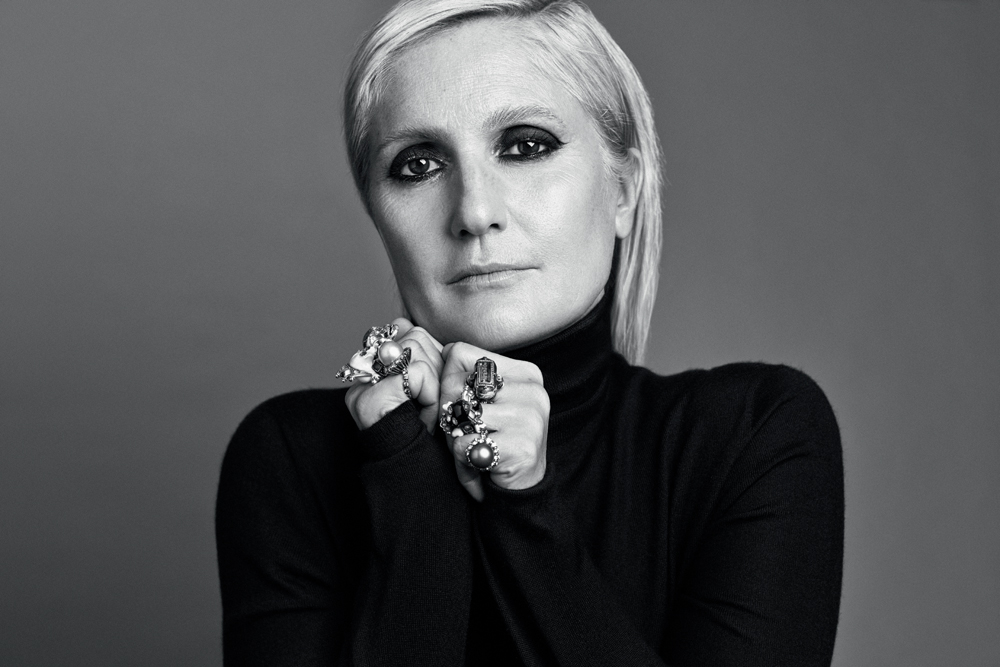
On 22 July you showed your 2021 cruise collection in Puglia. What meaning does this part of Italy hold for you?
I was delighted to be able to do this show in Puglia, because it was a way of going back to my roots. My father is from there, his family were farm- ers. He left when he was 18. When I was a child, it was where we went on summer holiday, and my memories of Puglia are very vivid. I can still see women sitting outside their front doors making lace. Puglia is part of my family’s history, and I know its traditions very well. Allowing me to stage a runway show there was a very nice present from Dior. Before lockdown, we were only just beginning to plan it, and I’m very happy that Dior allowed me to carry on, to stay in touch with the artisans and to continue our work. It’s not just about the collection, of course, but also the history of the region, seen from a contemporary viewpoint. In addition to foreigners, Puglia needs to be promoted to its own inhabitants, so that they can become conscious of all their potential for achievement. The idea being that, at a time when we talk more and more about “thinking locally,” we should help people to see what they can do with the resources near to hand. There’s no point fantasizing over a model that doesn’t in the least suit your culture. My experience at Dior has taught me a huge amount, and I really want to use that knowledge to help the people of Puglia make the most of and promote their region. I want it to be a benefit for them to come into contact with a fashion house of Dior’s stature. After a period where globalization tended towards uniformization, we’re finally coming back to an appreciation of different identities.
Do you and Pietro Beccari [the head of Christian Dior Couture] share a similar vision because of your “Italianess”?
He supported me in this project, and I’m very grateful to him. I’ve always had excellent relationships with the directors of the firms I worked for, because I like teamwork. When I arrived at Dior, I was a bit surprised, because the idea of hierarchy is very marked in France, and it wasn’t something I was used to. When I worked with the Fendi sisters, we were a sorority. I always had the feeling I was part of the family, and I was never afraid to express an idea or an opinion, even though I lacked experience back then. Today I feel more than ever the fact that we’re a team, that we all work together, with all the departments of the firm, but also with the suppliers. I never shut myself up in my office, and people can express their ideas and opinions, it’s not a problem. I regularly speak with the marketing department and with production, which surprised everybody at Dior. But if I don’t share my vision, how can we work together?
Was this openness towards others something your parents taught you?
My mother and grandmother were strong women, and my father was an important model for me in terms of tolerance. He listened to every point of view, and I never heard him criticize anyone. My husband also has a strong personality, and my children too. But that doesn’t mean that any of us try to impose our viewpoint. I prefer to include people rather than crush them. It’s a different relationship to power – for me power bears responsibilities.
Your daughter Rachele, who works with you, is studying for a PhD in gender studies, and you’ve always made feminism an important part of your collec- tions. Do the two of you agree about these issues, or are your approaches different?
We talk a lot, sometimes she’s more radical than me and I nuance her view from the vantage point of my greater experience. But sometimes I’m the more radical one. It’s a very rich dialogue. I always say that I learn a lot from my daughter, because parents and children educate each other reciprocally, it isn’t just a one-way street. As a parent, you make mistakes, and you have to learn to accept your imperfections. Sometimes I think our whole life’s trajectory leads to our learning that.
Fashion has been criticized, with reason, as a system that excludes an awful lot of people, one that by prioritizing certain ideals promotes a very negative image of other body types and ethnicities. What do you feel about this?
It’s not fashion that can solve these problems, but education. Everyone has to understand that he or she must be his or her own reference. If I create a very willowy silhouette, or, on the contrary, a more generous one, I’m putting in place, despite myself, an imperative or a model to which people might be tempted to compare themselves. The only solution is to consider that the model is your own body. A few years ago, I went to a market in Lagos, in Nigeria, with [the author] Chimamanda Ngozi Adichie [Dior’s spring/summer 2017 collection included a T-shirt printed with a slogan from Adichie: “We should all be feminists”]. I noticed that all the models showing clothes were white. Chimamanda explained to me that if they were black nobody would buy the garments. So it’s a real problem, which isn’t so much about skin colour as about power. We can’t rewrite history, but we can educate people to change their outlook.
You grew up in the 1970s, during the big feminist battles for the pill and abortion. What do you remember of those struggles?
I remember family discussions when my parents discussed abortion and divorce with my grandparents. At that time, everyone in Rome was Catholic or behaved as though they were. I remember my grandmother becoming very angry with my father about this. She didn’t speak to him for quite some time because he’d defended his opinion. The incident is engraved on my memory. Today, on Instagram, I see lots of very simplified opinions: this is good, that is bad. The risk is that under pressure from social networks we’ll consent to very superficial changes. I see a lot of dogmatism, unbending opinions, and that worries me for the future. It’s not on Instagram that the debate should take place, and it’s not there that solutions will come to the fore. I try little by little to get messages across. Step by step. And I think that if we all take little steps, we can bring about huge changes.
